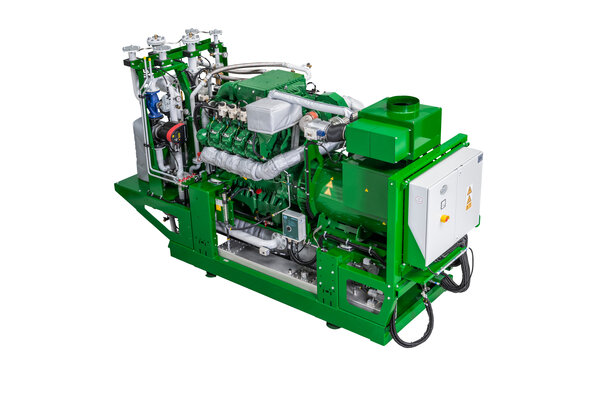Microgrids & Infrastucture
Combined heat and power systems benefit microgrids and infrastructure in several ways. First, CHP systems can enhance the resiliency of microgrids by providing reliable and continuous power, especially during grid outages or disruptions. This is essential for critical infrastructure such as hospitals, data centers, and emergency response facilities. Additionally, CHP systems can improve overall energy efficiency by simultaneously generating heat and power from a single fuel source, making them an environmentally friendly option for microgrid applications.
By utilizing waste heat for heating or cooling purposes, CHP systems can help reduce energy costs and greenhouse gas emissions, further contributing to the sustainability of microgrids and infrastructure.
A Profitable Partnership
These synergistic technologies, when combined, offer unique benefits such as enhanced efficiency, cost-effectiveness, profitability, and utility, surpassing their individual capabilities.
• A CHP system, when integrated with a microgrid, plays a crucial role in utilizing both electrical and thermal energy (hot water, steam, or chilled water) generated by the microgrid's power generation system.
• Increases overall efficiency, especially in the consumption of fuel feeding the microgrid's power generator.
• Reduces net operating costs. CHP often forms the most economical anchor for a microgrid system.
• Energy provided by the CHP can help load balancing or add to energy storage.
Microgrids provide resiliency, flexibility, cost savings, and efficiency—ideal qualities for critical infrastructure such as hospitals, wastewater treatment plants, and other public facilities that communities depend on when the main grid goes down.
Microgrid Priorities:
• Economic dispatch
• Electric/Thermal Energy Resilience
• Island Mode
• Extended Emergency Operations
Microgrid Components:
• Solar
• Wind
• Battery
• CHP
• Grid
• MG Controller







